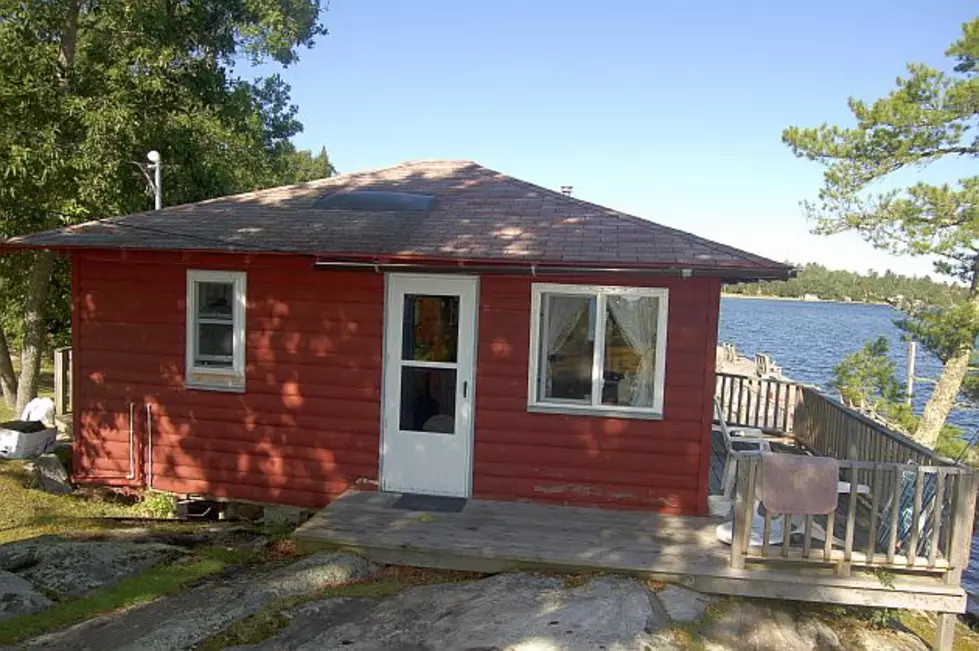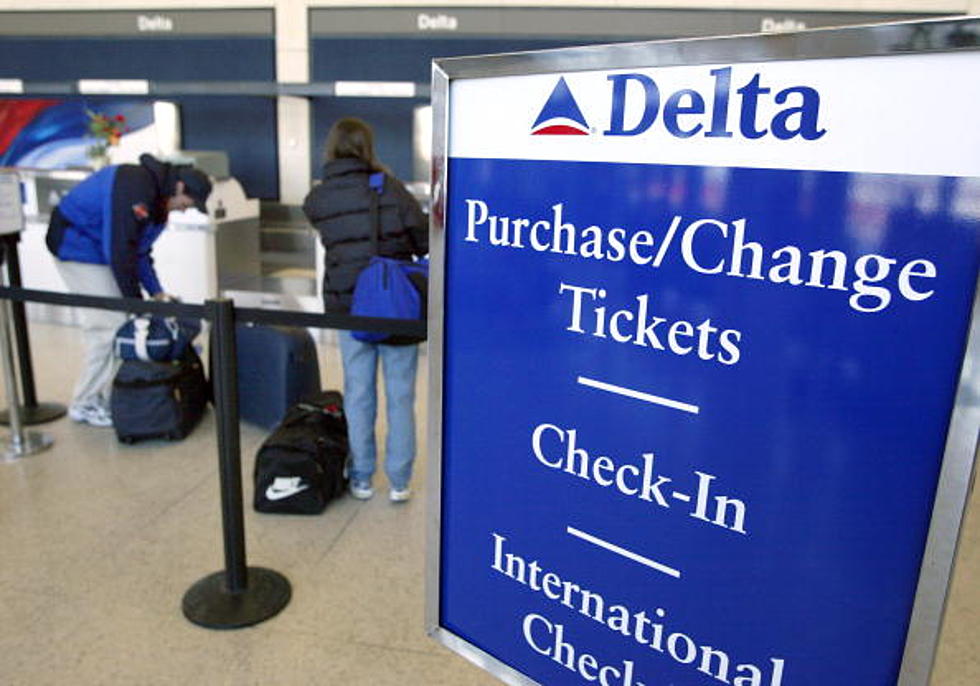
News @ Noon: Study Says Minnesota’s Cabin Owners Plan on Retiring There
UNDATED - A lot of people who have cabins in Minnesota plan to move there permanently some day. That's according to a new study from the University of Minnesota Extension office.
Merritt Bussiere is one of the co-authors of the report. He says they studied eight lake country counties: Cass, Aitkin, Hubbard, Becker Otter Tail, Douglas and Pope. Thirty-one percent of the homes in those counties are owned by part-time residents. That means the population in those counties is likely to grow in the next decade.
That may be a population surge, I don't know what the dynamics will be, but it's definitely a migration effect of this large group of folks. They're an older group, they're fairly well off, they're well educated. A lot of them are planning to move to their second home and live there year round.
Bussiere says the result of that migration is both good and bad.
I'd say it's mixed. The national research that looks at population growth in rural recreational counties suggests that there are negative and positive impacts to that. Of course you're going to get higher housing costs, but you're also going to get more real estate activity. And, you're going to get low end seasonal jobs for young people.
Bussiere says over half of the survey respondents have some sort of managerial experience.
Also, while second homeowners have an overwhelmingly strong connection to their lake home, they are not as strongly connected to the local community.
Bussiere says the study also showed that cabin owners are generally older, well educated, and make more money than the average Minnesotan. They spend on average about $3,000 a year, per person, in lake country.
The study was partially funded by the federal Economic Development Administration Center at Crookston. Bussiere is with the University of MN Extension's Community Economics program.
More From AM 1240 WJON









